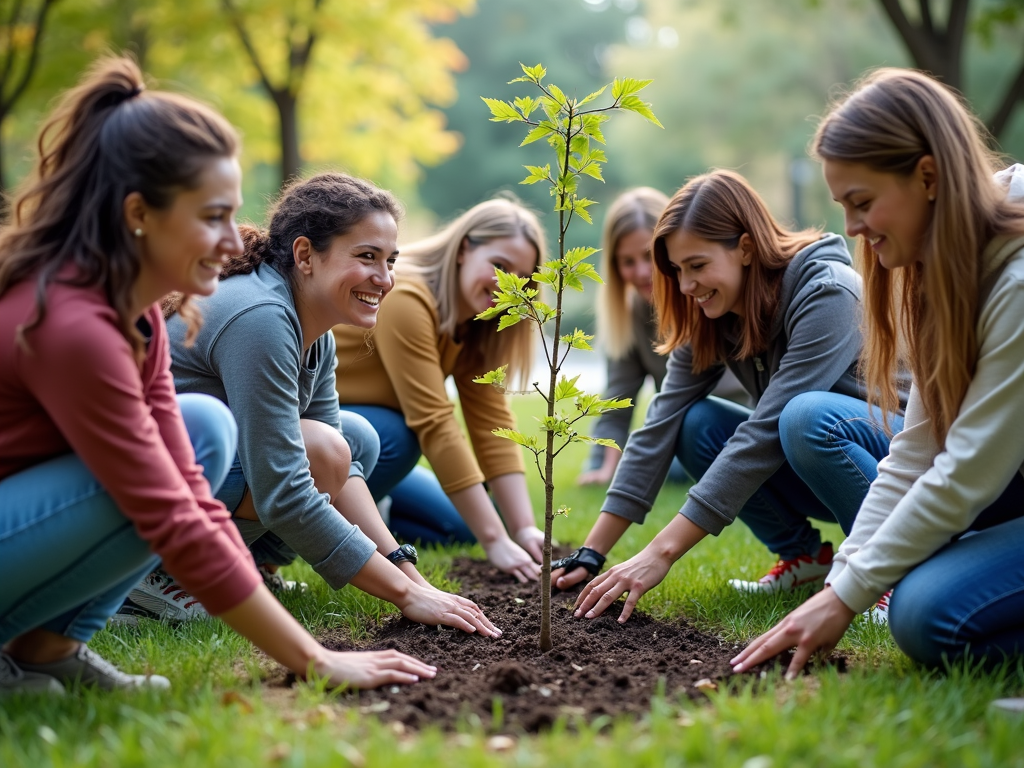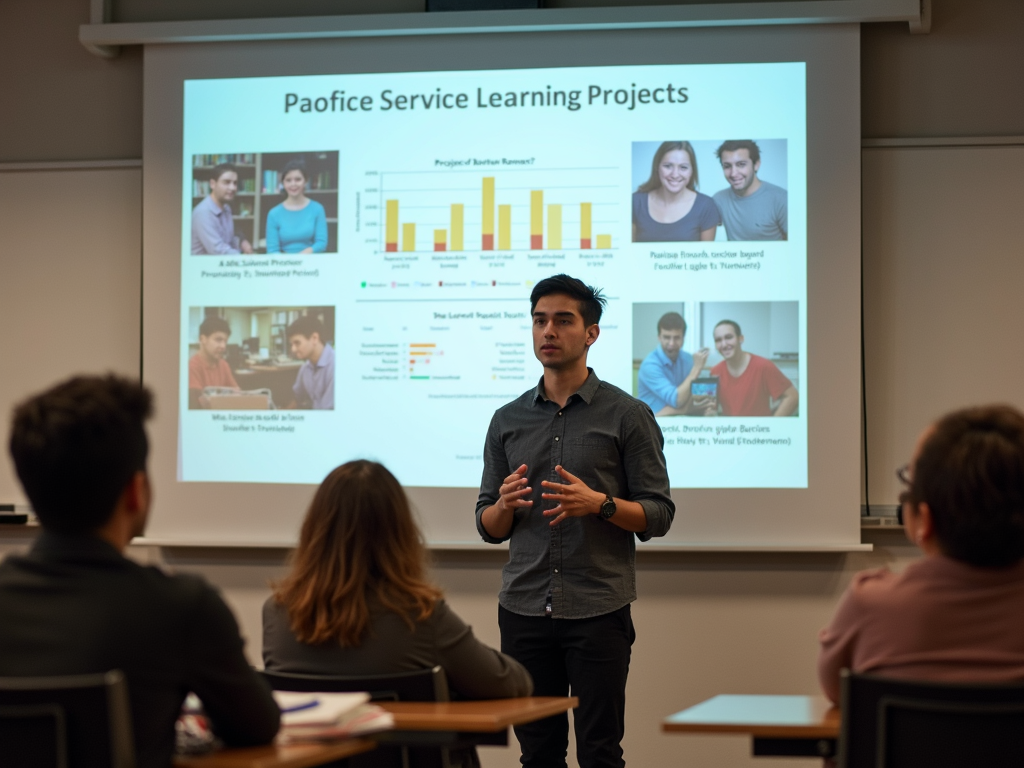Service Learning in the Community: A Resource for Community Organizations
By , April 29, 2025
Service learning is a teaching and learning strategy that integrates meaningful community service with instruction and reflection to enrich the learning experience, teach civic responsibility, and strengthen communities. For community organizations, it offers a unique opportunity to address local needs while engaging with enthusiastic students and volunteers. This article, based on resources from the National Service-Learning Clearinghouse, provides a comprehensive guide for community organizations looking to participate in service learning projects.
What is Service Learning?
Service learning is more than just volunteering; it's a structured educational approach that combines community service with academic learning. Students apply what they've learned in the classroom to real-world problems, gaining practical experience and a deeper understanding of the subject matter. For community organizations, this means access to motivated individuals who are eager to contribute while developing their skills.

Benefits for Community Organizations
Participating in service learning can bring numerous benefits to community organizations: - Access to Volunteers: Gain additional help from students who are committed to making a difference. - Fresh Perspectives: Students can bring new ideas and approaches to addressing community issues. - Community Engagement: Strengthen ties with local educational institutions and the broader community. - Capacity Building: Use service learning projects to tackle projects that might otherwise be neglected due to lack of resources.
According to a Service Learning Impact Study by the Corporation for National and Community Service, communities experience significant positive outcomes from service learning initiatives.
How to Get Involved
Step 1: Understand Your Needs Identify specific projects or areas where your organization could use assistance. This could be anything from environmental conservation to social services.
Step 2: Connect with Educational Institutions Reach out to local schools, colleges, and universities to explore partnership opportunities. Many institutions have service learning programs or offices that facilitate community partnerships.
Step 3: Define the Project Work with the educational institution to design a project that meets both the learning objectives of the students and the needs of your organization.
Step 4: Provide Orientation and Support Ensure that students understand the mission of your organization and the goals of the project. Provide necessary training and ongoing support.
Step 5: Reflect and Evaluate Encourage students to reflect on their experiences and provide feedback. Evaluate the project's impact on both the community and the learners.
Finding Service Learning Opportunities
Many resources are available to help community organizations find service learning opportunities: - National Service-Learning Clearinghouse: A comprehensive resource providing information, best practices, and connections for service learning. Learn more - Local Educational Institutions: Contact nearby schools and universities to inquire about their service learning programs. - Community Networks: Join local nonprofit networks or coalitions to connect with other organizations involved in service learning.
Best Practices for Successful Service Learning Projects
- Clear Communication: Establish open lines of communication between your organization, the educational institution, and the students.
- Mutual Benefit: Ensure that the project benefits both the community and the learners. Students should gain valuable skills and knowledge, while the community sees tangible improvements.
- Reflection: Incorporate reflection activities to help students connect their service experiences with academic learning.
- Sustainability: Consider how the project can have a lasting impact beyond the students' involvement.
For more detailed guidelines, refer to Best Practices in Service Learning by Campus Compact.

Case Studies: Successful Service Learning Projects
Example 1: Environmental Conservation A local environmental group partnered with a university's biology department to restore a wetland area. Students conducted research, removed invasive species, and educated the public about wetland ecosystems.
Example 2: Social Services A community center worked with social work students to develop and implement a program for at-risk youth, providing mentorship and educational support.
These examples demonstrate how service learning can address diverse community needs while providing rich learning experiences.
Challenges and Solutions
Challenge: Limited Resources Solution: Leverage the skills and enthusiasm of students to accomplish tasks that might otherwise be unaffordable.
Challenge: Time Constraints Solution: Plan projects that align with academic calendars and provide flexible scheduling options.
Challenge: Ensuring Quality Solution: Provide thorough orientation and ongoing supervision to maintain high standards.
Resources and Support
The National Service-Learning Clearinghouse offers a wealth of resources for community organizations, including: - Toolkits and guides for implementing service learning - Best practice examples and case studies - Networking opportunities with other organizations and educators
Additionally, organizations can access support from: - Campus Compact, a coalition of colleges and universities committed to civic engagement - Learn and Serve America, a program of the Corporation for National and Community Service
Service learning presents a valuable opportunity for community organizations to address local needs while contributing to the education and development of students. By following best practices and leveraging available resources, organizations can create impactful projects that benefit all involved.